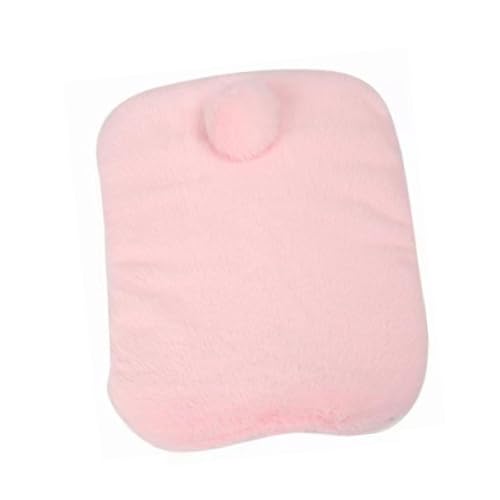Thank you for clarifying. Allow me to try to put your mind at ease and offer some further suggestions. The reason for needing to know whether the rabbit is indoors or outdoors is because that would change the recommendations for what to put inside the hutch. There isn't anything wrong with housing rabbits outdoors with a proper setup, so it was no judgement against you. The photos you posted show a hutch that is typically considered an outdoor hutch. That is why I thought perhaps the bun was outdoors on a porch or such.
With an indoor hutch, it isn't necessary to have loose bedding on the floor of the cage. It confuses bunny as to where to potty and it simply makes more work for you. Shavings tend to stick to bunny fur and get tracked everywhere. If the shavings are cedar (yours weren't), they are toxic. If the shavings are pine
and kiln-dried, they are perfectly safe. If they are
not kiln-dried, then they can cause respiratory issues IF the bunny is exposed to them for many months or years. You've already removed them, which is fine, but thought you'd like to know.
As mentioned earlier, it is recommended to not disturb a new rabbit for 48 hours. In the eyes of a rabbit, they are suddenly in a totally new and strange place. It has all new sights, all new sounds, and all new odors. Those alone are frightening, but to add in any interaction from the human just increases that stress. As humans, we may not consider this. Your wrote:
I’ve picked him up to put him in the pet carrier so I can clean the hutch or when I’ve had to lift him up to put a towel down on my bed. He also gave me a bit of a nip earlier upstairs when I didn’t lift him, and just now when I took him from the pet carrier. He loves being stroked still and everything. He’s eating a pellet from my fingers one time and often eats hay from my fingers.
I understand you had to move him to empty the shavings. The other under-lined actions are things best avoided during the first 48 hours (minimum). What is meant for the 48 hour period is to not pick-up, not pet, not touch, not hand-feed, not take out of cage -- totally hands off. The nip he gave is proof of that. So my prior post's caution was a response to the above quote. I appreciate that you state you want what's best for your bunny, so it is with that in mind that I offered that caution.
Regarding the coldness, rabbits do very well in temperatures cooler than we humans like. It is doubtful that any indoor temperature that you are able to live in would be too cold for a rabbit. It may be best to temporarily keep him where he is for now (so as not to stress him further) while you take a bit more time to fully prepare the upstairs space you hoped to switch him to.
As for what to put on the cage floor, that will change as he grows. During litter training, any loose bedding or blankets or rugs can confuse bunny. They like to potty on soft things. So by making the litter box the softest spot (litter with hay on top), it encourages bunny to potty in the box. Any beds or blankets may get peed on during training. For this reason, it's best to keep the floor bare until he's trained.
Beds, towels, fleece, rugs, mats, etc -- any of these are potential options to put on the cage floor once he's trained. It will be a matter of experimenting because what is fine for one rabbit may not work with another. If bunny chews and ingests anything, then that should be removed. As hormones approach, he may start chewing everything, but that can settle back down after neutering. So the rule of thumb is, if he chews and ingests it, don't use it.
I'm not sure what your plans are for the hutch (upstairs, downstairs) but you'll want to consider where his exercise area will be. Ideally, you should be able to just open his hutch door to allow him out to play in a bunny-proofed area. Knowing that may help you decide where to keep the hutch. You don't want to have to pull him out of the hutch and take him to another area. They like to be able to have access back to their hutch at all times.
I'll stop there so as not to overwhelm you with topics!













































































